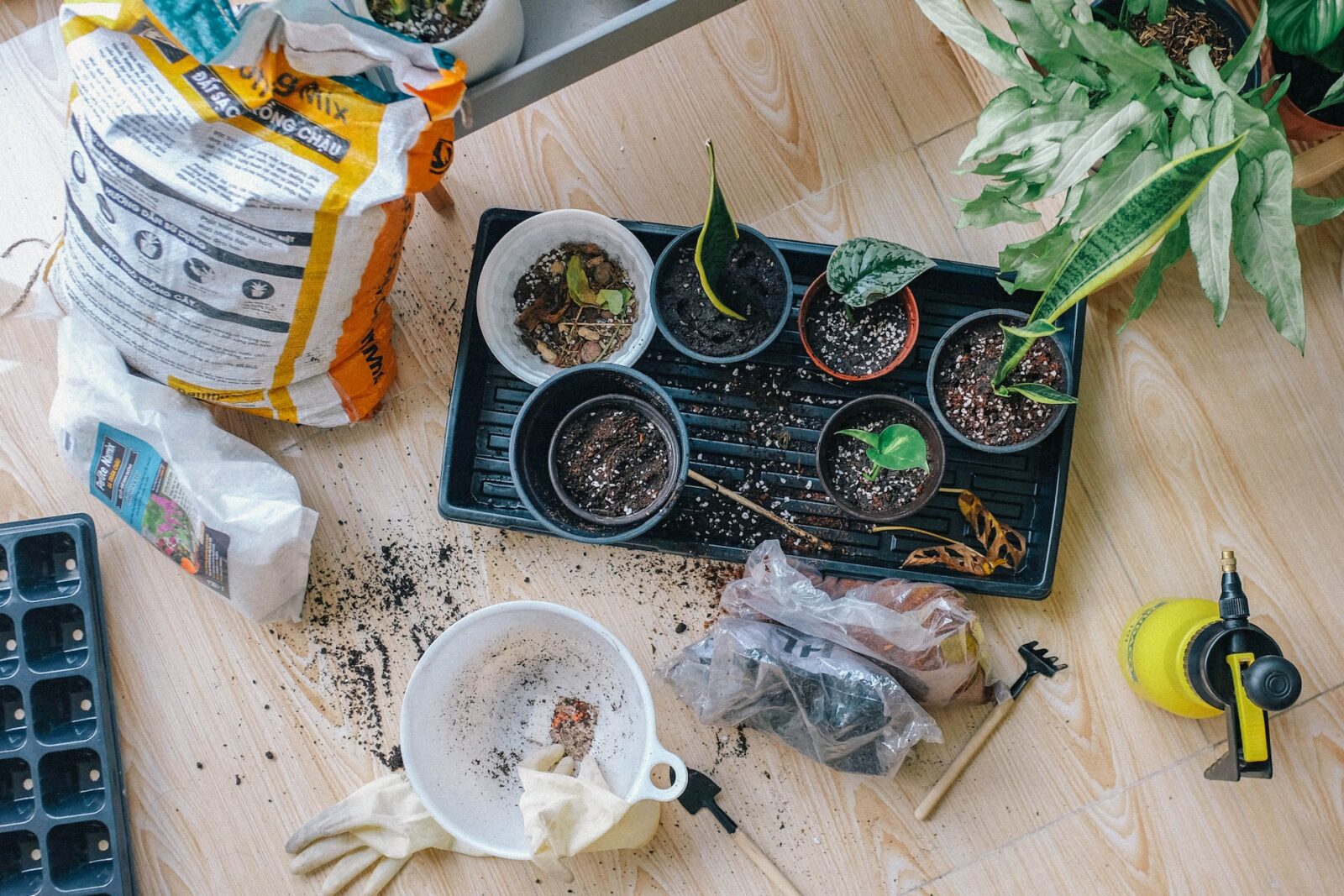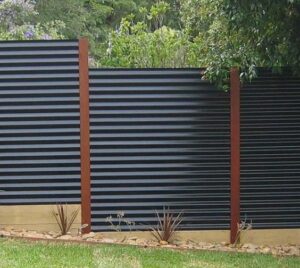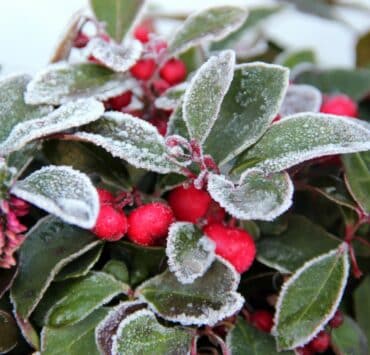As the days begin to shorten and a crispness creeps into the air, it’s a sign that summer is winding down. But that doesn’t mean your garden has to lose its charm. In fact, the end of summer marks a crucial time to ensure your garden remains vibrant and ready for the coming seasons. Whether you’re an avid gardener or just starting out, our end of summer garden to-do list will guide you through the essential tasks to keep your outdoor oasis thriving.
End of Summer Garden To-Do List
1. Assess Your Garden’s Health
Before diving into tasks, take a moment to assess your garden’s overall health. Look for any signs of pests, diseases, or areas that need special attention. This evaluation will help you prioritize tasks effectively.
2. Harvest Summer Crops
Gather the last of your summer harvest before colder temperatures arrive. Tomatoes, peppers, and other warm-season crops should be picked at their peak ripeness for the best flavor.
3. Prune and Deadhead
Trim back faded flowers and remove dead or diseased foliage. This not only maintains a tidy appearance but also encourages new growth.
4. Weed and Mulch
Pull out weeds to prevent them from taking over during the fall. Apply a layer of mulch to retain soil moisture and regulate temperatures as the weather changes.
5. Divide and Transplant
If your perennials have outgrown their space, now is the time to divide and transplant them. This promotes healthier growth and allows you to expand your garden.
6. Plant Fall Crops
Prepare your garden for autumn by planting cool-season crops like lettuce, spinach, and broccoli. These veggies thrive in cooler weather.
7. Fertilize
Give your plants a boost of nutrients with a balanced fertilizer. This will fortify them for the changing weather and ensure their vitality.
8. Clean and Store Garden Tools
Properly clean and store your garden tools. Sharp tools will be ready for use next season, and cleaning prevents the spread of diseases.
9. Address Pest Control
Keep an eye out for pests that tend to thrive in the late summer. Introduce natural predators or use safe pest control methods to protect your plants.
10. Water Wisely
Adjust your watering schedule as the temperature drops. Plants need less water during the cooler months, so be mindful of their needs.
11. Prepare for Frost
Be ready for the first frost by covering delicate plants with cloths or frost covers. This will extend their growing period.
12. Store Summer Bulbs
If you have summer-blooming bulbs, dig them up and store them in a cool, dry place. They can be replanted in the spring for another round of vibrant blooms.
13. Compost Debris
Turn garden waste into valuable compost. Leaves, plant trimmings, and other debris can be composted to enrich your soil.
14. Plan for Next Year
Reflect on your garden’s successes and challenges. Use this insight to plan for next year’s planting, making adjustments based on what you’ve learned.
15. Enjoy Fall Colors
As your garden transitions to fall, take time to enjoy the changing colors and the unique beauty this season brings.
FAQs
Q: When should I start planting fall crops?
A: It’s best to start planting fall crops about 6-8 weeks before the first expected frost in your area.
Q: Can I compost all types of plant debris?
A: While most plant debris can be composted, avoid composting diseased or pest-infested materials to prevent spreading problems.
Q: How do I know if my plants need more water during fall?
A: Check the soil moisture level about 2 inches deep. If it feels dry, it’s time to water. However, be cautious not to overwater.
Q: Should I cut back all my perennials during the end of summer?
A: It depends on the plant. Some perennials benefit from a trim, while others can provide winter interest and habitat if left standing.
Q: What’s the benefit of mulching in the fall?
A: Mulching helps regulate soil temperature, retain moisture, and suppress weed growth, which is especially important as temperatures drop.
Q: Can I leave my garden tools outside during winter?
A: It’s better to clean and store your tools indoors to prevent rust and prolong their lifespan.
Conclusion
As summer bids us farewell, it’s time to prepare our gardens for the changing seasons. By following this comprehensive end-of-summer garden to-do list, you’ll ensure that your outdoor space remains a haven of beauty and serenity. From harvesting the last fruits of summer to planting for a vibrant fall, these tasks will keep your garden thriving year after year.









